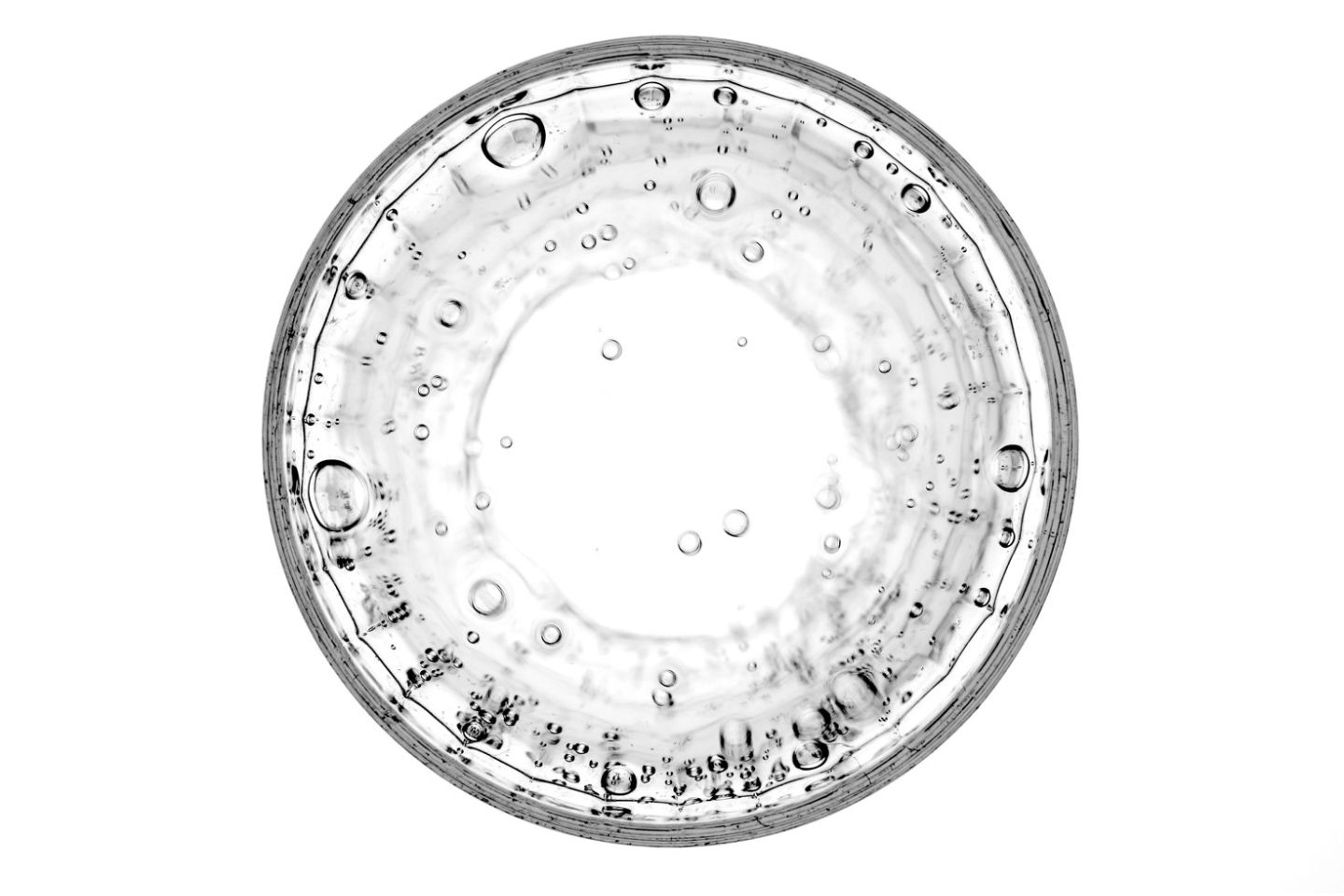
Skincare Acids: What Are They? How Do They Help Your Skin?
From navigating their scientific names to understanding their unique benefits, discover how these powerful ingredients can be tailored to address your specific skin concerns.
By SunsolveMD Team | 5 Min. Read
June 3, 2023With their chemical titles sounding like an excursion to a lab workshop, it is easy to feel overwhelmed by their seemingly complex names and infinite numbers. Skincare acids are powerful ingredients that work differently and can be tailored to your specific skin concern. So how to find the right one for your needs? Keep reading as we weed through different options and discuss how to use these potent skin-care ingredients.
What are acids?
To put it simply, acids are a skin-care ingredient most often discussed in connection toexfoliation. Those exfoliating benefits we typically associate with acids fall into two categories: alpha hydroxy acids (AHAs) and beta hydroxy acids (BHAs). Both groups work by dissolving the cell-binding fluids to reveal smoother and brighter skin underneath.
The benefits of chemical acids are wide-ranging, from unclogging pores and improving skin texture to reducing the appearance of fine lines and blemishes.
What is the difference between a BHA and AHA?
AHAs work mostly on the skin’s surface, which makes them an excellent powerhouse ingredient for treating fine lines, texture, and wrinkles and boosting collagen production.
Dr. David Kim, MD, MS, cosmetic dermatologist at Idriss Dermatology in New York Cityprovides further guidance. “AHAs are gentle superficial acids that can exfoliate your skin enzymatically. The most common types of AHAs are glycolic acid, lactic acid, and mandelic acid, but there are others, including tartaric acid, citric acid, and malic acid.”
She explains further, “Glycolic acid is probably the most common AHA. It’s often used in dermatologists’ offices for professional chemical peels, but it’s also found in a variety of over-the-counter serums and skin-care products. Glycolic acidcan be a little bit more irritating than, say, lactic acid. So if someone has oily or acne-prone skin, I steer them towards glycolic acid. If they have more sensitive skin, I’d refer them more towards a lactic acid-containing product.”
On the other hand, BHAs are oil-soluble and can penetrate more deeply into clogged pores to remove dead skin cells and excess sebum.That’s why BHAs are commonly used in treating and preventing acne.
The Top AHAs
Glycolic acid
This smallest molecule in the AHA group is naturally derived from sugarcane, although most skin care products use a higher potency molecule that’s synthetically reproduced in the lab. Its small size allows it to penetrate deeper and deliver maximum efficiency. Glycolic acid works to loosen the bond between dead skin cells. As a result, it boosts collagen, increases cell turnover, and improves the signs of fine lines, wrinkles, and hyperpigmentation, revealing a smoother and more youthful complexion.
Lactic acid
The second smallest molecule of all acids works by drawing moisture to the skin and is known for gentle exfoliating benefits. Sourced from sugar or fermented milk, its use dates back to ancient Egypt, as the legend states that Cleopatra took regular milk baths to improve her skin. Dermatologists and skin pros recommend lactic acid for sensitive skin types since it strengthens the skin barrier and improves skin texture without causing irritation and disrupting the pH of your skin barrier.
Fruit acids
These larger molecules are typically derived from lemon, grapefruit, or apples. In recent years fruit acids have gained popularity in skincare products as gentle exfoliants that pair well with glycolic or lactic acids to help boost their effectiveness.
The Top BHA
Salicylic acid
If you ever experienced acne breakouts, chances are you came across a topical treatment formulated with salicylic acid. That’s because salicylic acid is an oil-soluble molecule that can penetrate deeply into pores and oil glands to regulate sebum and exfoliate dead skin cells. This exfoliating skincare powerhouse can additionally help with pigmentation issues and is antibacterial.
Nava Greenfield, MD, a board-certified dermatologistand clinical instructor at Mount Sinai Department of dermatology, recommends it for all skin types but especially for acne-prone skin. “By eliminating the outmost layer of cells, the hair follicles and sweat glands are less likely to become clogged with dead cells and less likely to form pimples. Exfoliating cells also allow fresh new glowing skin cells to appear,” she says. Other skin types will still benefit from the salicylic acid’s exfoliating benefits. “Try using it twice a week at first, and if tolerated, increase to everyday use if it’s not too harsh on the skin,” Greenfield adds.
How to use an acid?
Creams, serums, or at-home peels? Admittedly, there are numerous skin care products specifically formulated with AHA or BHA acids on the market. Firstly, let’s consider a few essential steps to keep in mind. As a general guideline, always test the formula on a small area of your skin and wait 24 to 48 hours to see if you have a reaction. While mild stinging is common, any painful burning sensations should be a cause for an alarm. It is best to introduce acids in your skincare slowly and cautiously. Start by applying the product once or twice a week and gradually introduce them to your skin routine.
If in doubt, your best bet is to follow the instructions provided with the skincare product. Pay attention to the recommended application method, duration, and usage frequency. Some acids are leave-on treatments, while others require rinsing off after a specific time.
Most at-home skincare products vary in strength and ingredients (0.01% - 30%), and whether you are a newbie or a pro, don’t forget to apply a generous coat of SPF. Bear in mind that many acids can make your skin more sensitive to the sun, so it is best to remain cautious and apply acids as part of your nighttime routine.
At-home or professional strength?
The biggest difference between at-home peels and their in-office counterparts is their level of intensity. At-home peels are much gentler and come in the concentration of 10 percent (or less) AHA or BHA, while professional formulas can contain up to 70 percent. Everyone’s skin is unique, so the best product is the one that works for your skin.
REFERENCES:
1. Consider this your 101 guide to the different types of acids for your skin
2. The 17 Best Beta Hydroxy Acid Products for Balancing Oily Complexions
3. Applications of hydroxy acids: classification, mechanisms, and photoactivity
LEARN
You Might Also Like
The Buzzy Skin Care Ingredients That Cause Sun Sensitivity
From AHAs to retinol, expert advice on the popular products that increase photosensitivity
By Amelia Abraham | 8 Min. Read
January 27, 202330, 40, or 50: What SPF Value Should I Use?
Everyone should wear sunscreen daily, regardless of age or race. Learn about the differences between SPF values and how to choose the best one for daily wear.
By Valerie George | 9 Min. Read
February 10, 2023More Than Just Sun Protection: 5 Skin Concerns Mineral SPF Can Help Treat
Learn how to manage 5 common skin concerns with your regular broad-spectrum SPF 50. From rosacea to melasma, through aging and wrinkles.
By Saskia Courtenay | 10 Min. Read
January 27, 2023


